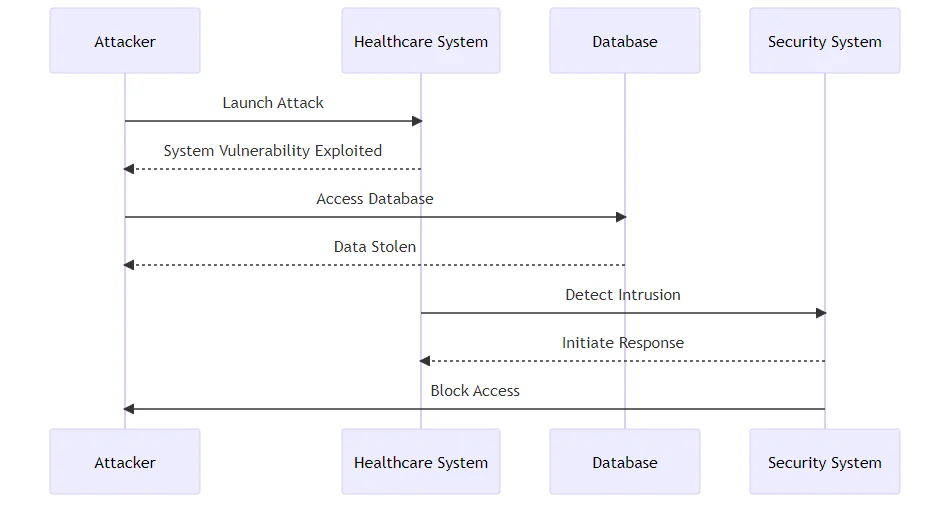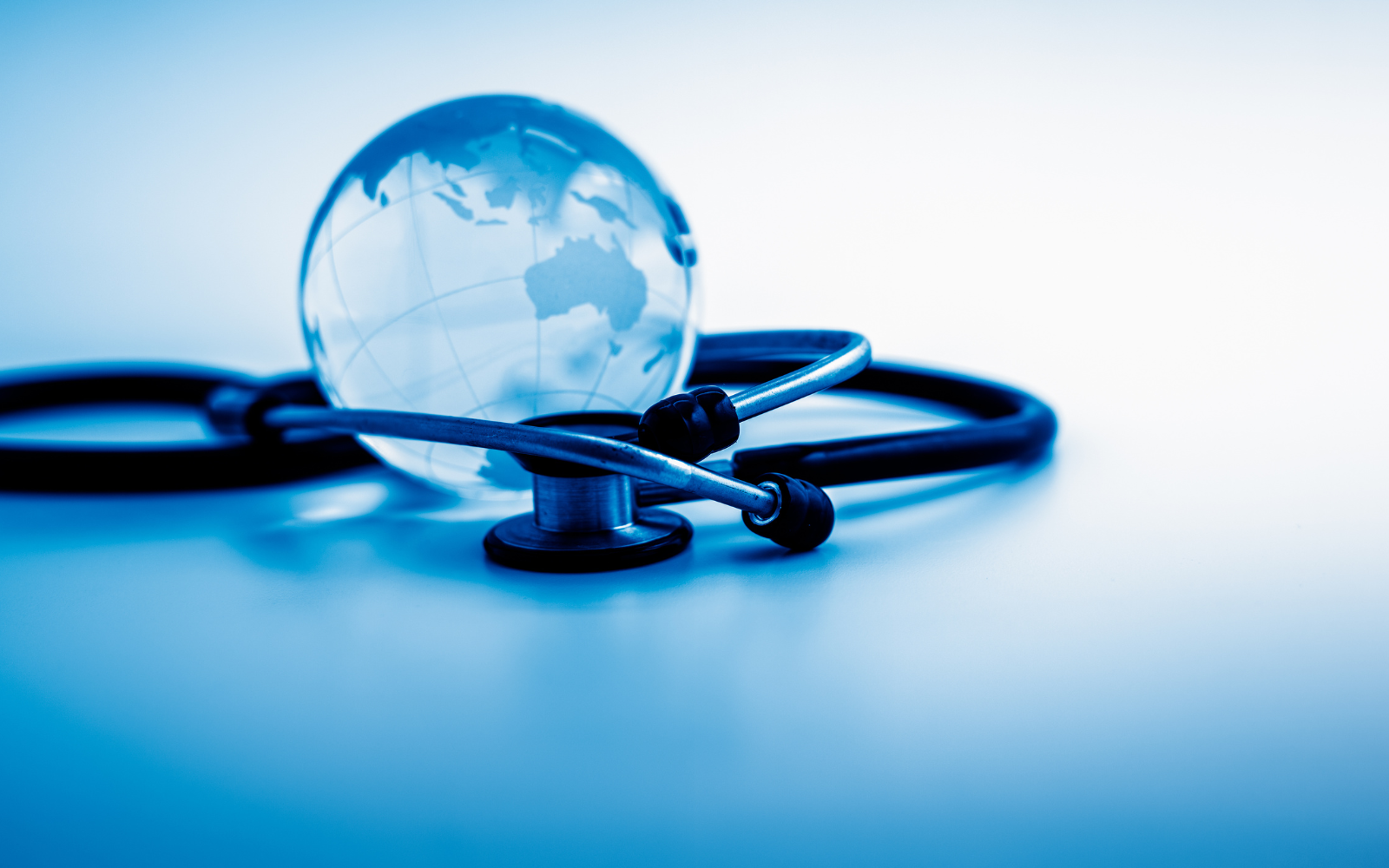In the interconnected world of the 21st century, the healthcare sector has become a prime target for cybercriminals. The recent surge in attacks on healthcare systems worldwide is a testament to this growing threat. This article delves into the intricacies of these attacks, their implications, and the measures that can be taken to safeguard against them.
The Rising Tide of Cyber Attacks
The digital transformation of the healthcare sector has brought about numerous benefits, from electronic health records to telemedicine. However, this digitization has also opened the door to a new wave of cybersecurity threats. Cybercriminals are increasingly turning their attention to healthcare systems, exploiting vulnerabilities in their networks to gain unauthorized access to sensitive data.
The valuable trove of sensitive patient data these systems hold makes them an attractive target. From personal information to medical histories, the data breach resulting from these attacks can have far-reaching consequences. The stolen data can be sold on the dark web, used for identity theft, or even leveraged for blackmail.
The Disruption of Healthcare Services
Beyond data breaches, cyber attacks on healthcare systems can cause significant disruptions to healthcare services. In a ransomware attack, for instance, critical systems can be locked down, impeding access to essential medical records and interrupting patient care.

Ransomware attacks are particularly damaging. In these attacks, cybercriminals encrypt the healthcare system’s data, rendering it inaccessible. They then demand a ransom in exchange for the decryption key. The system lockdown resulting from these attacks can bring healthcare services to a standstill, with potentially life-threatening implications.
The Technical Aspects of Cyber Attacks
Cyber attacks on healthcare systems are often sophisticated, employing a range of techniques to bypass security measures. These can include phishing attacks, where employees are tricked into revealing their login credentials, and advanced persistent threats (APTs), where an attacker gains access to a network and remains undetected for an extended period.
Once inside the network, attackers can move laterally, gaining access to more systems and data. They can also deploy ransomware or other malicious software, further compromising the healthcare provider’s operations.
The Role of Cybersecurity in Healthcare
The rising trend of cyber attacks on healthcare systems underscores the urgent need for robust cybersecurity measures in the healthcare sector. It is crucial for healthcare providers to invest in advanced security systems, regular staff training, and incident response plans to mitigate the risk of these attacks and ensure the safety of patient data.

Healthcare providers should employ a multi-layered approach to cybersecurity, incorporating firewalls, intrusion detection systems, and data encryption. Regular security audits and vulnerability assessments can also help identify potential weaknesses in the network.
Staff training is another critical component of cybersecurity in healthcare. Employees should be educated on the risks of phishing attacks and the importance of strong, unique passwords. They should also be trained on how to identify and report suspicious activity on the network.
Conclusion
The healthcare sector is facing an unprecedented wave of cyber threats. As these attacks continue to evolve in complexity and scale, the need for robust cybersecurity measures has never been greater. By investing in advanced security technologies, training staff, and implementing comprehensive incident response plans, healthcare providers can protect their systems and data from these threats, ensuring the continuity of care for their patients.



